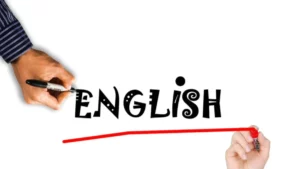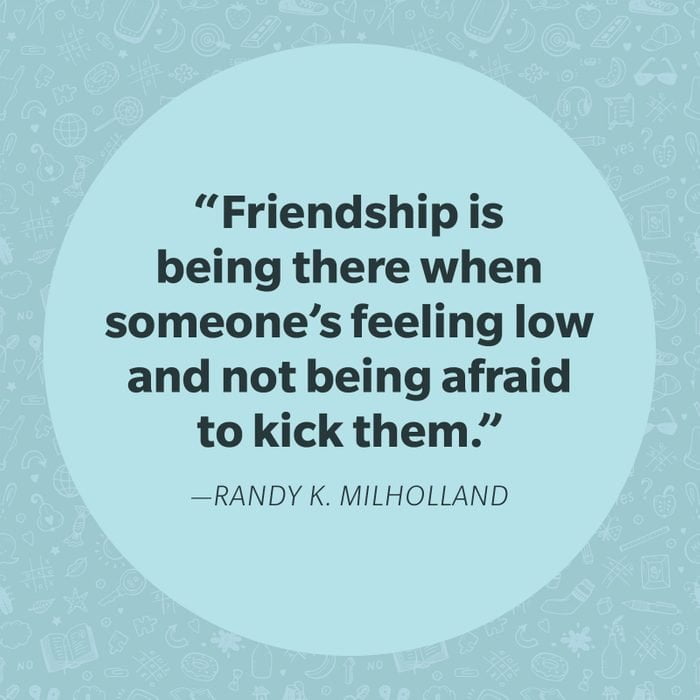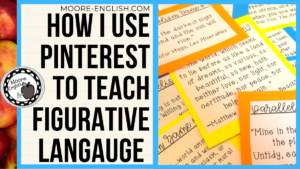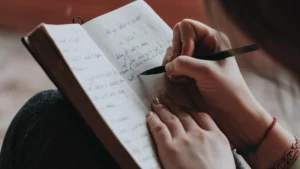“Creative writing” is one of the highest-rated, in-demand skills currently. There are lots of paid opportunities in creative writing, so it would be obvious to say that a creative writer is one of the most trending job profiles in the current market. In this guide to learn creative writing, we are going to get some basics about creative writing.
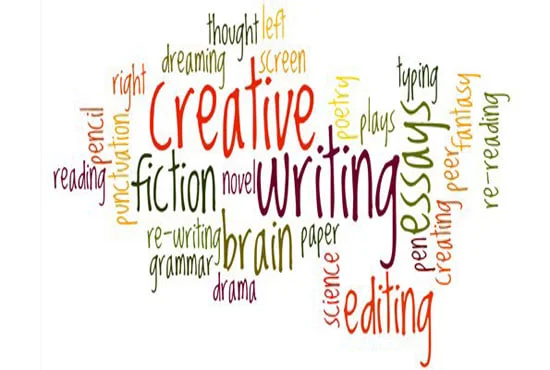
What is Creative Writing?
In very simple words, Creative writing is the representation of written content in the form of art. It is like writing in artistic form, the words that directly connect and communicate with the reader. Creative writing is different from other forms of writing such as journalistic, reporting, essay, professional and follows its own set of conventions and approaches.
What are the different forms of Creative Writing?
Creative writing has many forms as it is a quite vast genre of writing. Creative writing indeed has several forms that are among the most engaging and interacting ones. Following are the different forms of creative writing:-
Let us move ahead and try to find out how to write creatively.
How to start writing creatively?
As the name suggests, “Creative Writing” is all about your imaginative creativity, And creativity can’t be taught, but it can be adapted by taking account of a few minor yet important details of writing forms.
Parameters of creative writing
In the case of professional or academic writing, what mainly matters is the grammar, the punctuations, and the spell checks. But for creative writing, there are some more parameters along with these. Let’s move ahead and discuss them.
- The tone of writing- While writing creatively, you need to emphasize your tone of writing. A good piece of creative writing narrates your thoughts and ideas to the reader in an interactive and intriguing manner. If you write a creative writing implied article in a very flat tone as in academic writings, it would sound absurd.
- Choice of your words- The next thing that matters most in a piece of creative writing is your words selection. As said earlier, creative writing is a form of art and it should be able to communicate to your readers in an interactive and engaging manner. It becomes even more important that you choose your words wisely. Choose words in such a way that they convey your ideas and imaginations in an effective manner.
- The sentence styling- Another key point to be taken care of while writing a piece of creative writing is the styling of the sentences. You should write sentences in such a manner that they are easily readable and leave an effective tracing over the readers’ minds.
To summarise the parameters of creative writing, I would like to quote the words of Mr Kurt Vonnegut,
When I used to teach creative writing, I would tell the students to make their characters want something right away – even if it’s only a glass of water. Characters paralyzed by the meaninglessness of modern life still have to drink water from time to time.
The reader is going to be the judge
It’s a fact that the reader is going to judge your piece of writing to finally reveal if you’ve written creatively enough to get his praises or not. Your writing should be attractive and compelling to the reader. Once your words and the writing tone start leaving tracings on the readers’ minds, you make your way among the best of the creative writers out there.
Character development is the key
Among the prime requirements for a piece of creative writing to be a good one is that it should be able to communicate, express, and interact with the reader. The development of characters and the plots is another very important point to be taken care of. You should gradually develop the storyline and let your characters communicate themselves with the readers through your words.
Be unique in your writing
While writing any piece creatively, you must write it in a unique way so that it leaves the reader with an after effect of excellent communication. Uniqueness is the key to be among the best creative writers. It becomes even more important when you are writing on a previously written topic. As in that case, the readers are already aware of the narration quite a bit.
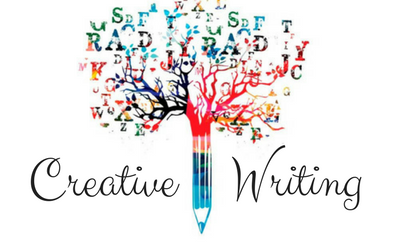
Practice makes a writer perfect
Many people are of the opinion that practice has nothing to do with creative writing as they believe that one can not practice thinking creatively. But this is not true, Practice helps you in thinking more creatively as it gradually makes your mind adaptive to think creatively and eventually, improves your skill of creative writing. So, practice with your complete devotion.
Improvise through facing the criticism
Last but not least is to be ready to face the criticism of readers and other writers as well. Creative writing faces more criticism than other forms of writings. Stay firm and devoted to your goals and grow yourself, all through the backlashes and criticism. Embracing criticism and further analyzing would help you a lot in improvising your creative writing. Many writers make the mistake of not believing in themselves and dropping out due to harsh criticism. Once you learn to convert criticism into your improvisation, there is no turning back than success.
Get started with creative writing guide

1. Plot planning
First, ask your child where the story will take place. It can be a fictional or real place, it can be a planet, a country, a city, or a house, anywhere!
So when did this story happen, now? In the future? in the past?
Finally, ask them what they think will happen. Remember, this is not necessarily accurate, and you don’t have to be stubborn; many of the best writers say their plot unfolds organically as they write. However, if you have a clear idea about the direction of the plot, you can create an outline by completing the story plan, which can look like this:
- First …
- Then …
- Next …
- Finally …
2. Characterization
Ask your child who will appear in the story. What do you want readers to think of each role? They may also want to jot down some thoughts. You can make a table for them to help organize their thoughts with these headings:
- Character name
- Relationship with other characters
- Their appearance
- Behavior
3. Story language
Let your child come up with some good words to write his story. They can be long words or simple words, or they can be good descriptive words or words that help create rhythm and tension. Encourage them to write it down and refer to the checklist when writing the story.
4. Story Principle
All writers know that you must grab the reader’s attention from the beginning; you want them to continue reading desperately. Let your child come up with some good beginning stories to let people know more. Here are some examples:
Mysterious first phrase…
Molly doesn’t know what day is next.
The opening of a story using alliteration and other language skills…
When Molly entered the house, the weather was humid, dark, and dusty.
Creates nervous pressure Opening remarks…
Molly can hear her heart beating faster than ever. Will this happen?
Directly into the story of the dialogue…
“But I don’t want to go to school, Mom,” Molly groaned.
Encourage your child to read some books he likes to read and see how they start to inspire.
5. Write!
Once you have all these ideas, you can start writing. They can make a rough draft first, and then make a polished, polished version. They may want to write short chapters, use illustrations, or make their writing books; let them use their imagination and creativity when presenting them, and make sure to show how much you value the final product by rereading with other books in your home.
8 Elements Of Creative Writing

If you don’t understand how each component works, you can’t make a car engine, right …?
It is the same with writing.
These are the elements that make up creative writing and why each element is as important as the others:
1. Unique plot
The biggest difference between creative writing and other forms of writing is that the former always has a certain plot and is unique. Without a plot, there is no story.
There is no story, you just write facts on paper, like a reporter.
2. Character development
Characters are necessary for creative writing. While you can certainly write a book creatively using a second-person perspective, you still have to develop characters to tell the story.
Character development can be defined as revealing who the characters are and how they change throughout the story. From start to finish, the reader should be able to fully understand your main character.
3. Potential topic
Almost every story has a potential topic or message, even if the author does not necessarily intend to do so. But creative writing needs topics or information to be complete.
That is part of the beauty of this art form. Through storytelling, you can also teach.
4. Visual description
When you read a newspaper, you usually do not read descriptive paragraphs that describe the area around the event. Visual description is mainly used for creative writing.
You need them to help readers understand what the environment around the character is like.
Show don’t tell. Writing attracts readers and makes them imagine that they are in the place of paper; that’s why people read.
5. Views
Several views can be written. That said, the two most common points of view in creative writing are the first person and the third person.
- First-person: From this perspective, the narrator is the protagonist. This means that you will read the passage that includes “I” and understand that it is the protagonist of the narrative story.
- The second person, in most cases, this view is not used for creative writing, but instructional writing, like this blog post. When you see the word “you” and the narrator speaks to you directly, this is a second-person view.
- Third Person: There are a few different variants of this view. It has third-person restrictions, third-person multiplicity, and third-person omniscience. The first is what you usually find.
- Imaginative Language
Part of what makes creative writing creative is the way you choose to shape the vision in your mind.
This means that creative writing uses more anecdotes, metaphors, similes, figures of speech, and other figurative languages to represent vivid images in the reader’s mind.
6. Emotional appeal
All words can have emotional appeal. However, this is the goal of creative writing. As a writer, your job is to make people feel what you want them to do by telling them stories.
How to improve creative writing with an online course?
Our online course on how to improve creating writing can help develop your creative writing skills. At Podium school, we work on teaching creative writing skills in a creative way. Our educators believe in-
Creativity nurtures Creativity.
As a result of which, our experts imply a creative approach and innovative techniques for the development of your creative writing skills. Below you can find a brief idea of how our online course on how to improve your creative writing will help you-
1. Reading enhances writing skills
Reading different forms of pre-written articles, blogs, books, and novels helps a lot in furnishing your creative writing skills. You get exposure to a wide range of vocabulary through reading. Scientists believe that reading enhances the overall writing skills of an individual.
Reading has several benefits, out of which a few significant ones are-
- Enhances vocabulary
- Increases exposure to newer forms of writings
- Enhances innovative thinking
2. Finding creativity in everyday life
Creativity exists around us in our surroundings. There are many daily life events that can inspire us to think innovatively and creatively. In fact, Nature is the most creative artist. For instance, a painter or sketcher can inspire by the beauty of the sky. A story writer can plot his next story after getting inspired by a daily life event around him. There are numerous examples where our basic surroundings trigger our innovative approach.
3. Journalling improves creative writing skills
Journalling helps in developing a sense of creative thinking and a unique approach to life. There are several types of journaling. Regardless of the type, journalling helps in better self-analysis and allows you to work upon your weak areas.
4. Rewriting exemplary stories or novels
Another great tip on how to improve creative writing is to rewrite some of the famous novels or stories but with a unique approach. It helps in developing the originality of your writings. It triggers the release of excitatory neurotransmitters in the brain such as dopamine that activates our creative thinking.
5. Dedication and Devotion is the key
No task is impossible when you invest all your dedication in it. Practice creative writing with complete dedication and devotion in order to improve your creative writing skills. Consistency helps in furnishing your creative writing skills.
Summary – Quick Guide to Learn Creaitve Writing
Creative writing is all about letting your words express and communicate your thoughts, imaginations, and ideas directly to your readers. It is important to maintain an interactive and compelling tone while writing creatively.
To summarise a quick guide on learning creative writing, I would like to quote the famous, Sylvia Plath,
And by the way, everything in life is writable about if you have the outgoing guts to do it, and the imagination to improvise. The worst enemy to creativity is self-doubt.
I hope, you liked the article.
Share with your friends

